

 |
 |
Buddleja davidii (butterfly bush, summer lilac, or orange-eye, Fig. 1), whose original range is in China and Japan, has been introduced worldwide as an ornamental plant starting from 1890's. It is now naturalized all across western, central, and southern Europe, known to be invasive in Britain and also in New Zealand. Within the US it has been classified only as a noxious weed, and so far only in two states: Oregon and Washington.
The expansion of butterfly bush secondary range in the northern direction has been hindered by its low hardiness: it is only hardy to -4°F (-20°C). Taking advantage of the global warming, this aggressive plant may enjoy new opportunities and rapidly become problematic farther north.
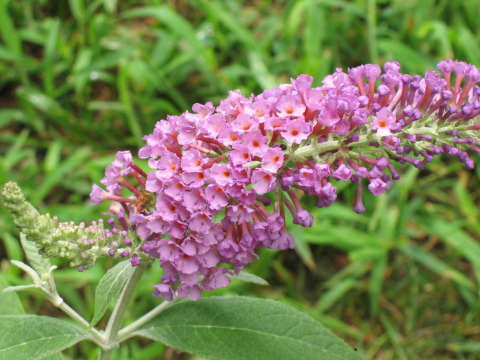
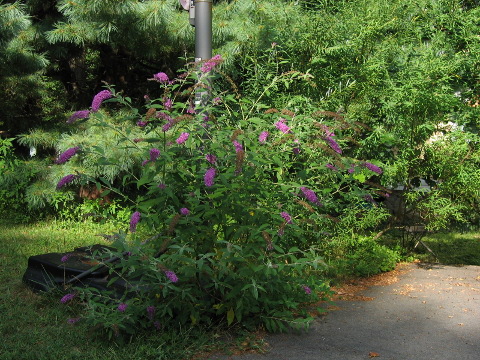
In Massachusetts up until now B. davidii has not been known as invasive. The overwhelming majority of its copious seed usually don't germinate. However, a few years ago a butterfly bush appeared in front of our home on its own, apparently originating from a seed (Fig. 2). In our experience this was the first clear evidence of buddleja seed germination in Massachusetts. Even though we watched the intruder closely for 6-7 years, the volunteer bush never produced any further progeny around, so we considered Buddleja davidii relatively harmless in our area, its seed germinating only occasionally.
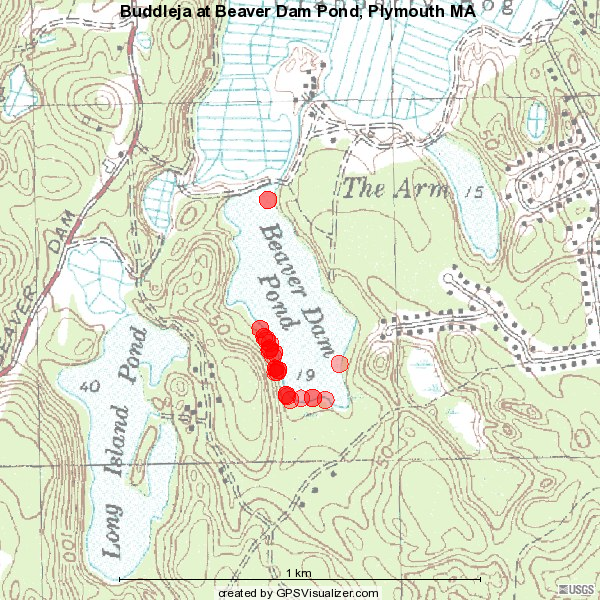
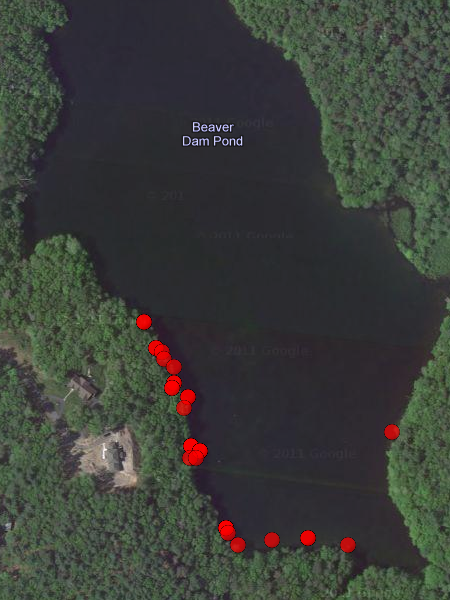
In 2011, however, we had to change our opinion upon discovering an entire compact population that consisted of about 1,000 seedlings and small saplings (Fig. 3), the largest of which were already flowering and fruiting (Fig. 4). A count of pulled young buddlejas yielded more than 700 individuals within a 5-acre area. The infestation occurred on the newly open bottom and at the perimeter of a drained reservoir in Plymouth (Beaver Dam Pond at Tidmarsh Farms). Though the source plant(s) was not found, it was presumed to be within an adjacent residential property, a few of which approach the drained reservoir rather closely.
At about the same time, in the fall of 2011, a seedling of Buddleja davidii was discovered by members of New England Botanical Club in an upland situation on a fresh burn in Middlesex Fells Reservation in the Boston area (Hamlin 2011).
The only county record known so far from Massachusetts and reproduced in the latest (2011) edition of the Massachusetts Checklist is that from Cape Cod (Barnstable Co.), now showed as a waif. Apparently, the new findings allow for changing its status to "introduced."
A single case of intensive regeneration is not believed to be sufficient evidence for including any plant on the invasive plant list. Before this is even considered, many more cases have to be reported. This approach yields constant failures in preventing the spead of aggressive aliens: by the time the consensus is finally reached, the game is already lost.
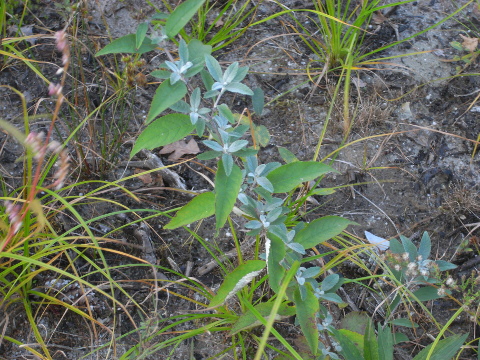
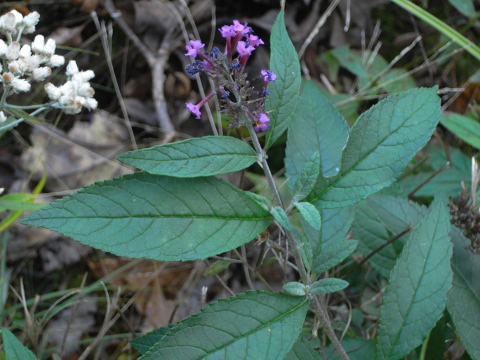
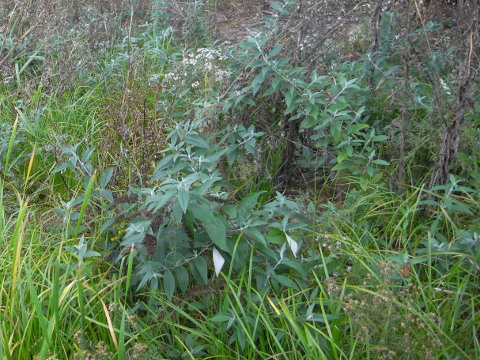
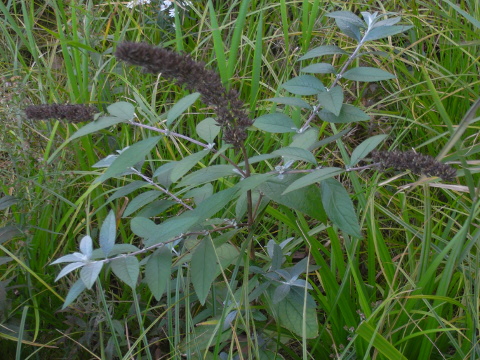
|
|
|
| Salicicola |
Last updated:
webmaster |